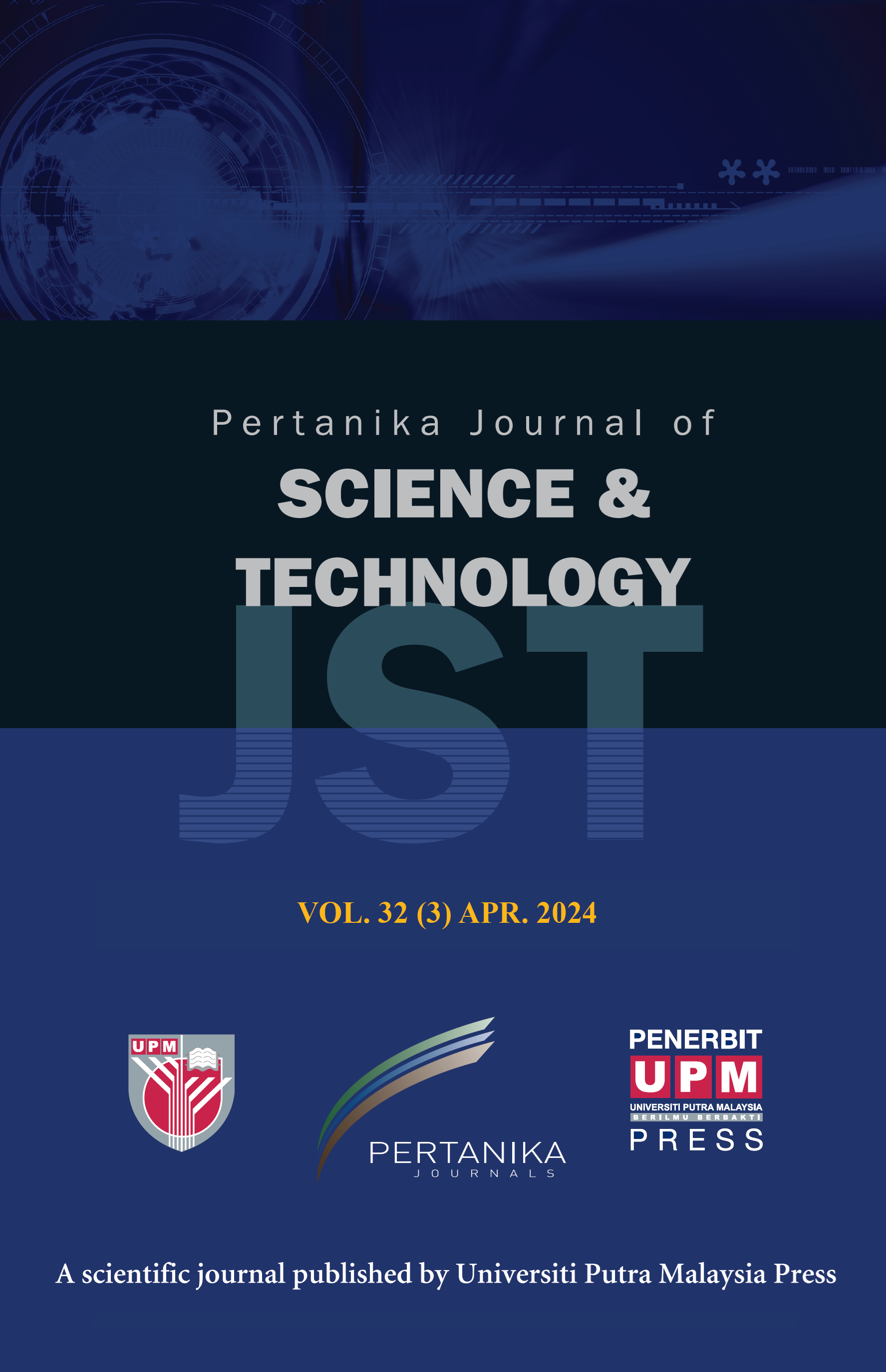PERTANIKA JOURNAL OF SCIENCE AND TECHNOLOGY
e-ISSN 2231-8526
ISSN 0128-7680
Phyto Constituents of Ananas comosus Leaf Extract Enhancing the Copper Nanoparticles Synthesis
Nur Diyana Zulpahmi, Wan Zuraida Wan Mohd Zain, Fazlena Hamzah, Nurul Wahida Ramli, Nur ‘Amira Hamid, Irmaizatussyehdany Buniyamin, Wan Atikah Wan Hamidon and Siti Aisha Na’illa Che Musa
Pertanika Journal of Science & Technology, Pre-Press
DOI: https://doi.org/10.47836/pjst.33.3.11
Keywords: Ananas comosus, copper nanoparticles, Energy Dispersive X-ray, Field Emission Scanning Electron Microscope, Fourier Transform Infrared, green synthesis, UV-visible, X-ray diffraction
Published: 2025-04-04
Ananas comosus leaf is one of the agricultural wastes that has resulted in environmental pollution. Recently, this waste has been explored for its potential in synthesising environmentally friendly metallic nanoparticles. Ananas comosus leaf extract has been proposed as a viable and economical option for reducing, capping, and stabilising agents in synthesising copper nanoparticles. This study used Ananas comosus leaf extract and copper sulphate as precursor materials to produce copper nanoparticles in the green synthesis process. The results show that the absorption spectra in the UV-visible range exhibit a peak absorption value at a wavelength of 238 nm. Fourier Transform Infrared analysis revealed the presence of bioactive compounds in the Ananas comosus leaf extract, which are responsible for reducing Cu²⁺ ions to Cu⁰ nanoparticles. The Field Emission Scanning Electron Microscope analysis indicated that the copper nanoparticles have a face-centred cubic crystal structure, which is significant for innovative nanoparticle applications. The average particle size was determined to be 56.71 nm. X-ray diffraction analysis revealed peaks at 43.46°, 50.57°, and 74.23°, corresponding to the (111), (200), and (220) lattice planes, respectively, confirming the structural properties of the synthesised nanoparticles. Energy Dispersive X-ray examination found that the synthesised copper nanoparticles are primarily composed of copper, accounting for 95.24% of the total composition. The phytochemicals in the extract have been effectively utilised in the green synthesis of copper nanoparticles, demonstrating potential applications in medicine and agriculture.
ISSN 0128-7702
e-ISSN 2231-8534
Share this article

